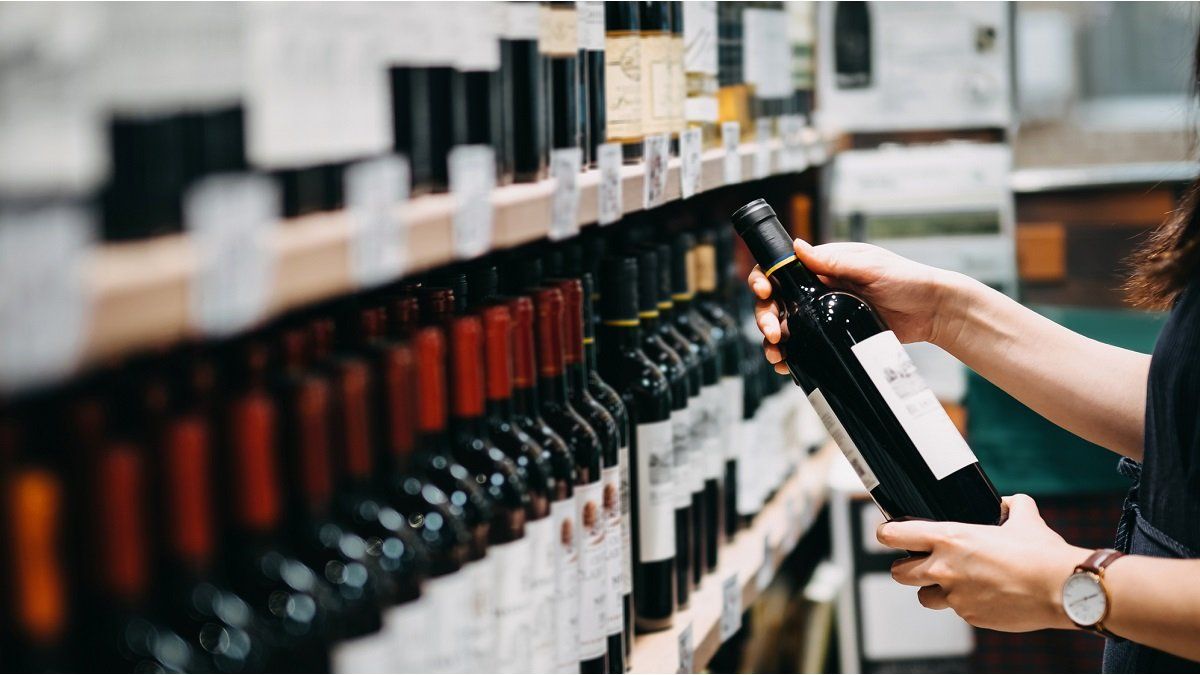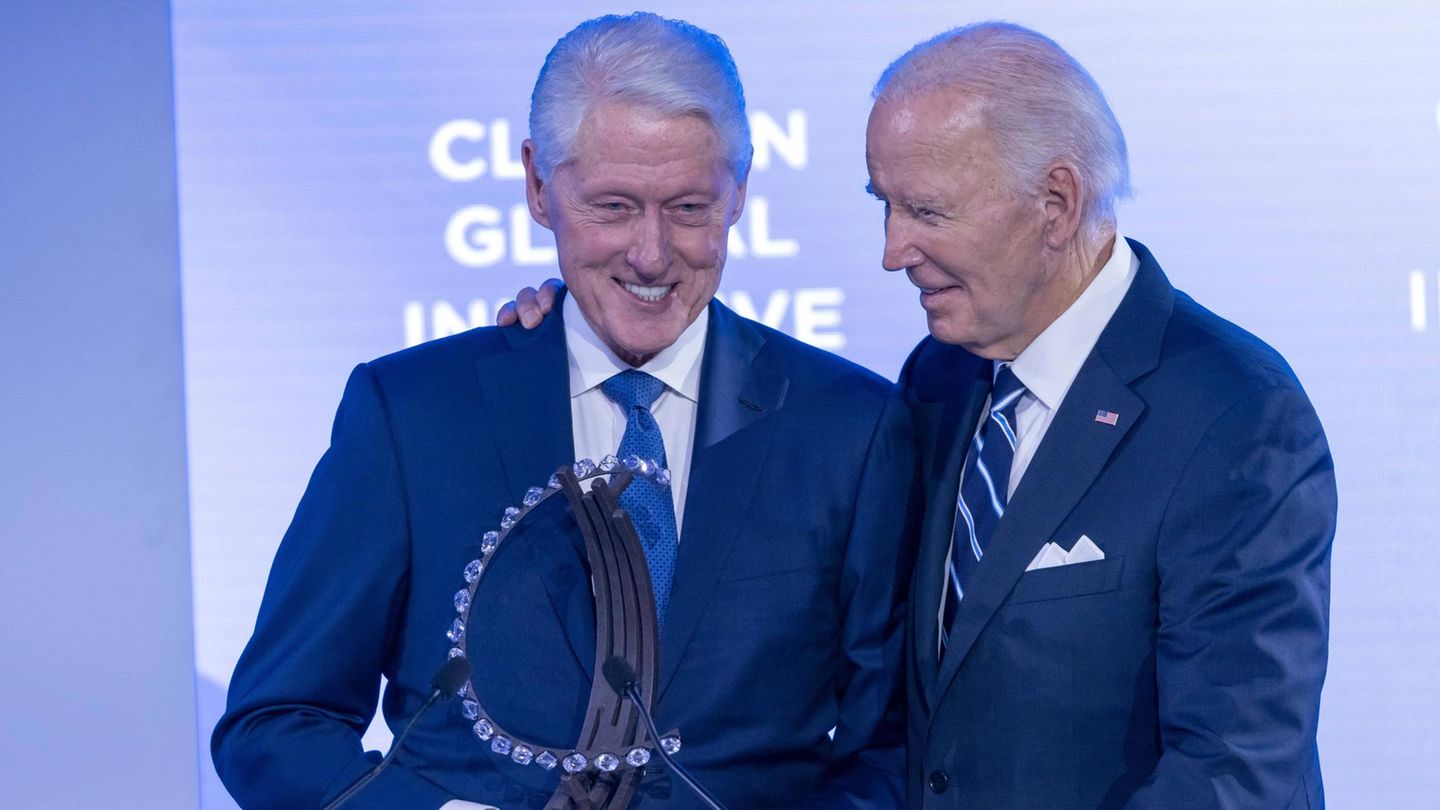The prices of the wines increased 13.6% in August, compared to the previous month, according to the Index of Price of Wine (IPV) prepared by the Vinodata research center. But the relevant data was marked by consumption: due to inflation, it lost ground compared to its direct competitor, beer.
This variation is higher than the 12.4% recorded by the Consumer Price Index (CPI) measured by Indec, stated in the Argentine Wine Market Price Report.
More ofl 75% of the bottles surveyed to estimate the IPV registered increases in August, with average increases of 22.2%, indicated the study center headed by researchers Nicolás Grosman and Andrés López.
If you project the price increase accumulated between October and July (8.9% monthly average), the IPV would register an annualized increase of 179% for the period October 2022/September 2023. As in July, the pace of price increases in August scales to as you go up in the price ranges of the labels.
Wine prices
Those labels with prices less than $1,202 suffered an average increase of 10.4% in August (close to the 9.3% recorded by Indec for the “common wine” category in GBA); and grows linearly until reaching 18.5% for the highest range (more than $8,585).
By price range (extrapolating the accumulated figures from October 2022 – the month in which the IPV series begins – to August 2023) three different behaviors are seen.
For the lowest range (up to $1,202) the accumulated increase is 144.6%3, while for wines with prices above $8,585 in August that figure rises to 236.6%.
Meanwhile, the wines in the intermediate ranges Prices observe accumulated increases of between 181 and 207%, depending on the range.
came
In August, the price of a bottle of argentine wine in the local market it was $1,779, considering an average price weighted by the weight of each wine in a representative consumer basket; while the simple average price of the labels surveyed during said month exceeded $10,650.
Wines: prices according to grape variety
In terms of grape varieties, in August the increases were led by orange wines (22.3%), followed by white and sparkling wines (15.1 and 15%, respectively), while sweets continue to lag behind the rest of the varieties (barely 2.9% increase in August).
In the annualized projection, the first and last positions in the ranking are repeated, since the prices of orange wines would grow by 222.5% and those of sweet wines by only 98.6%.
Regarding the evolution by varietal, in August the ranking of increases was led by Sauvignon Blanc (20.6%) and Pinot Noir (18%) wines.
In the annualized projection, the increases are led by the Chardonnay labels (214%), Merlot and Sauvignon Blanc (212%), while bottles of Pinot Noir would be the ones that would register the smallest increases (145%).
The “emerging” provinces (Buenos Aires, Catamarca, Chubut, Córdoba, Jujuy, La Pampa and Tucumán) led the ranking of increases in August (17.2%), followed by Rio Negro (15.6%); and, at the other extreme, La Rioja wines registered an average increase of 7%.
If the variations by district are annualized, the prices of the labels of La Rioja and Salta growing well below those of the rest of the provinces (130 and 138%, respectively), against increases that start at 179% (Mendoza) in the other districts.
For its part, the beer increased its share of 42.3% to 45%, while appetizers also gained market share, going from 7.1% to 8.2% of total billing sales.
Source: Ambito




